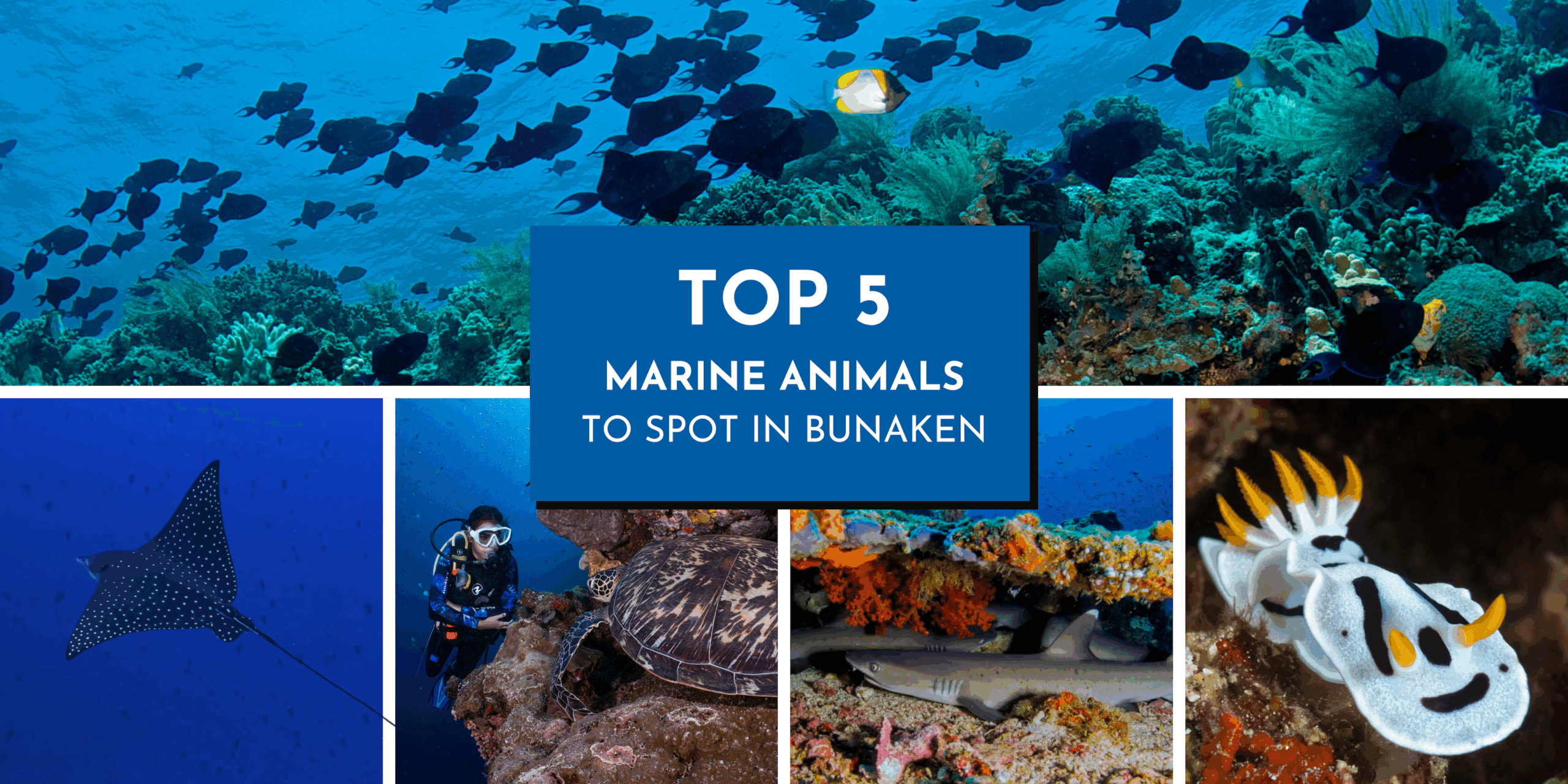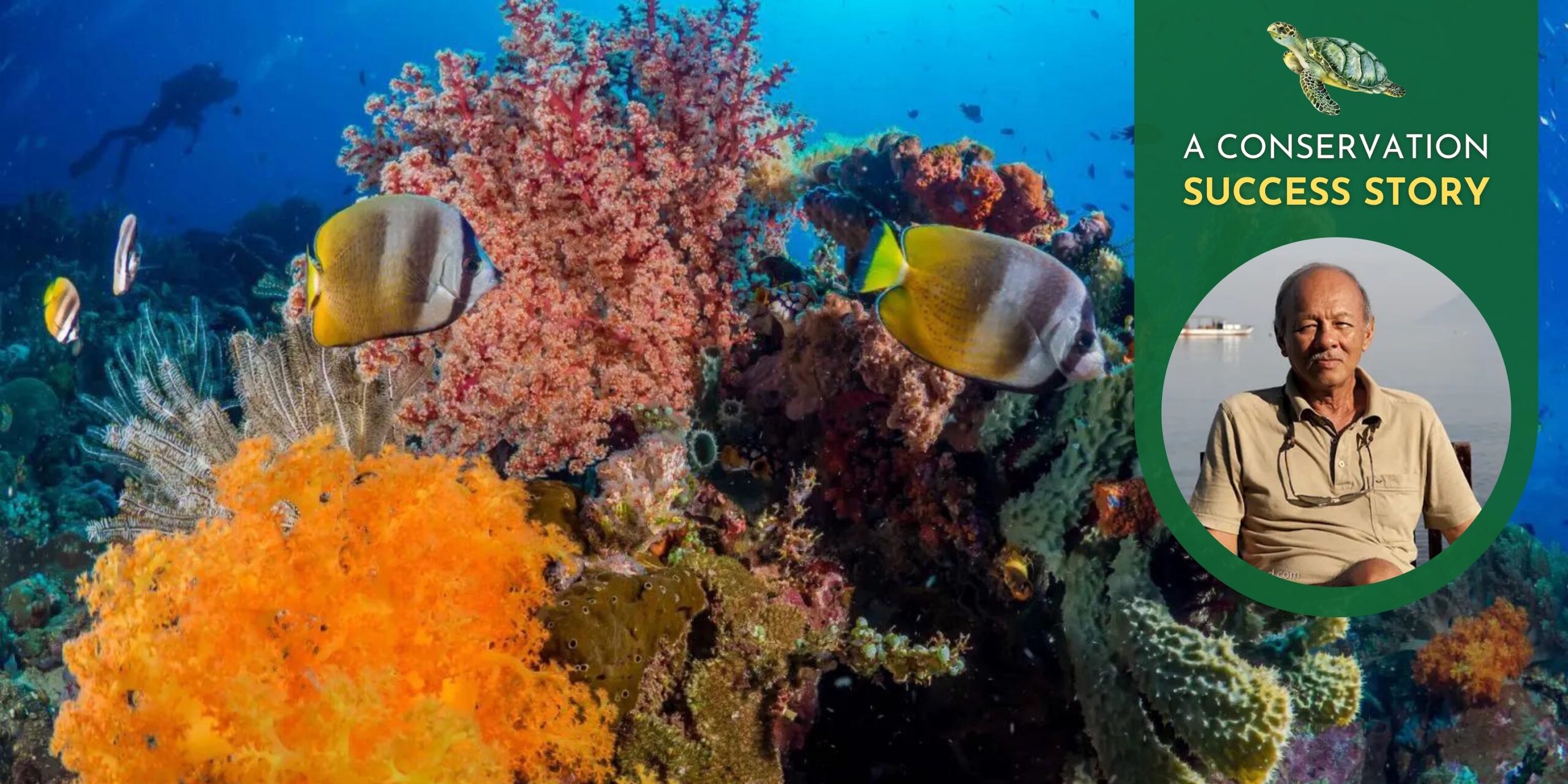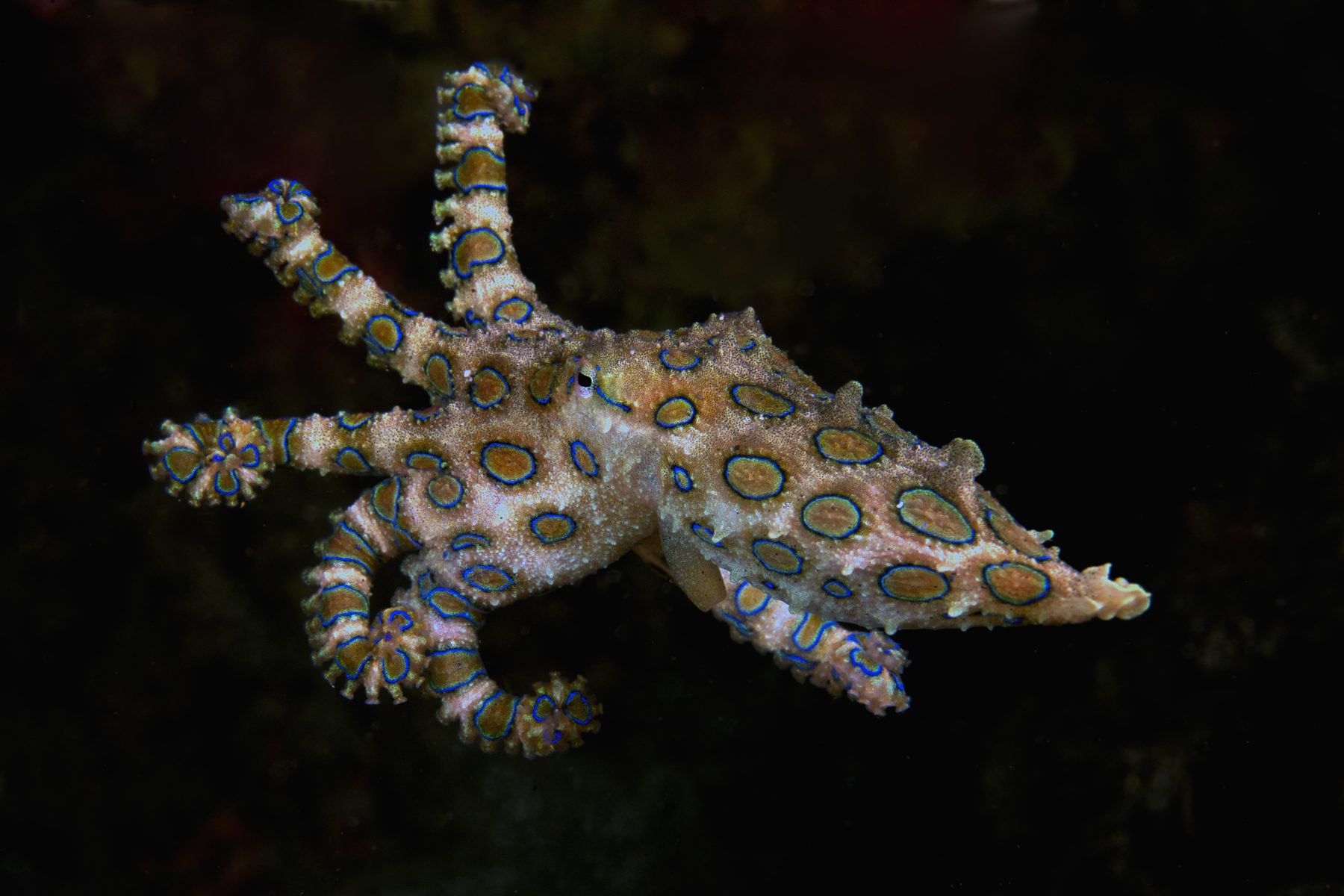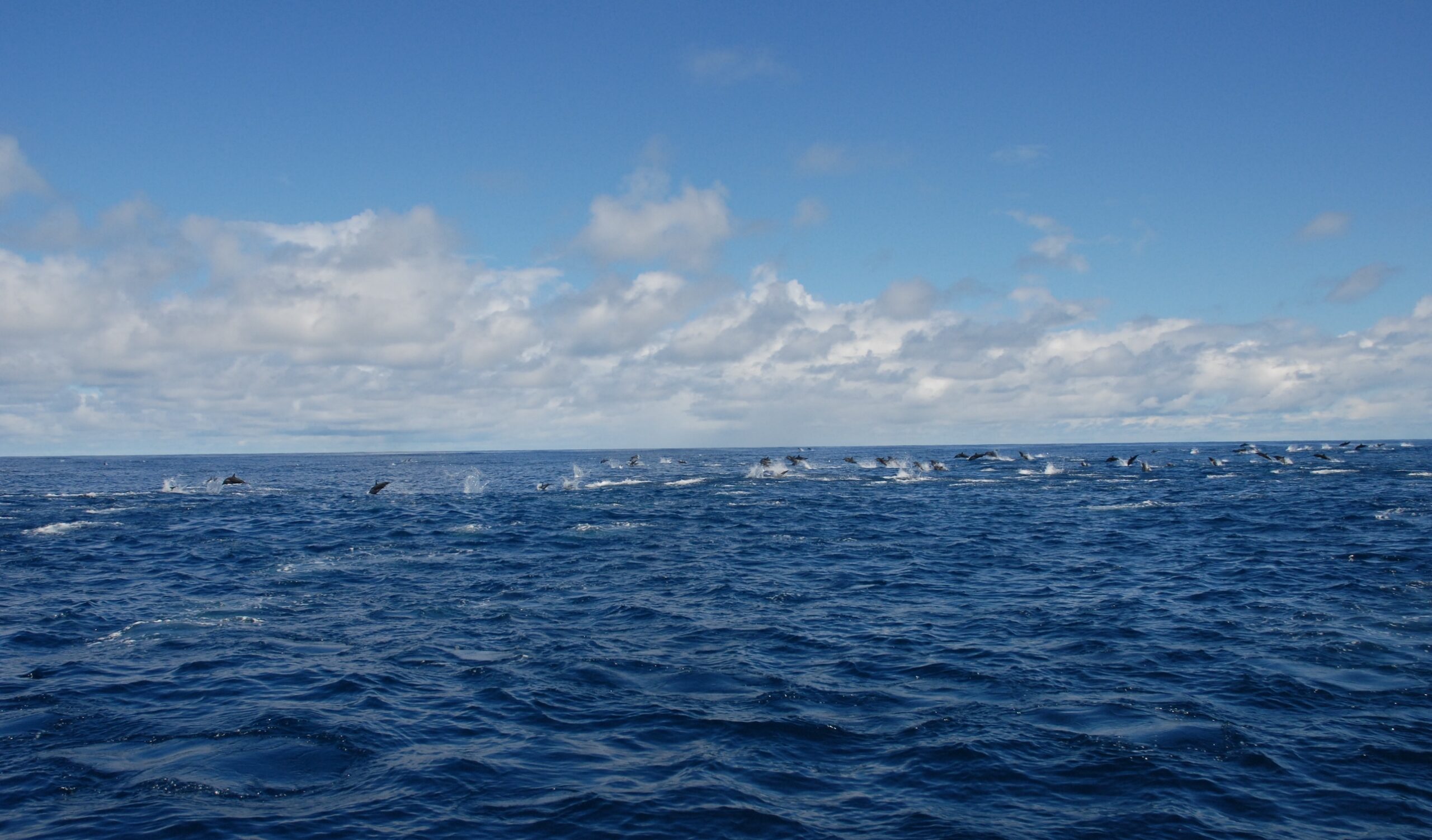
10 Facts About Spinner Dolphins (Stenella longirostris)
One of the highlights of staying at Murex Manado Resort and diving in the Bunaken Marine Park is the incredible pods of spinner dolphins that we see while out on the boats. Imagine cruising over millpond still, crystal clear water, relaxing with a coffee whilst anticipating the first dive of the day when the boat crew call out “DOLPHINS!! … DOLPHINS!!! …. DOLPHINS!!!!”.
It’s not unusual to see pods that contain 50 – 100 individuals and they can be extremely playful – breaching and jumping in the bow waves of the boat as we cruise toward the marine park. These encounters are always memorable moments for our guests and our guides are often peppered with questions about the pods: What species are they? Why are they here? What were they doing? So, if you want to know more about spinner dolphins, below are our top 10 spinner facts.
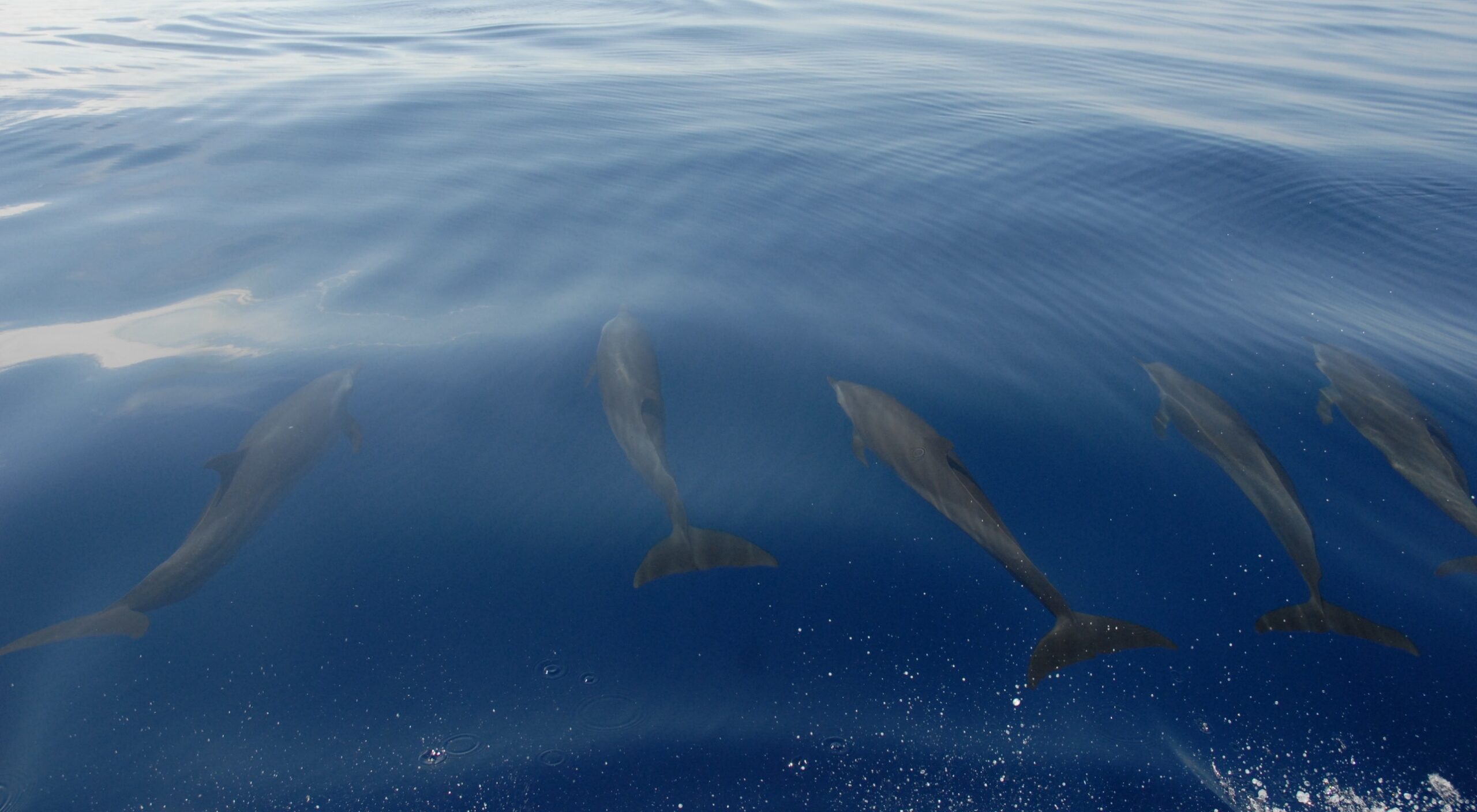
1. The Acrobats of the Ocean
The spinner dolphin (Stenella longirostris) is named after its acrobatic displays in which it spins along its longitudinal axis whilst leaping through the air. Spinners are the true acrobats of the ocean!
2. Size and Weight
Spinner dolphins are a small species of dolphin (unlike the larger bottlenose – which we also see from time to time around Bunaken) and a fully grown adult measures between 129 – 235 cm long and weighs between 23 – 79 kg.
3. Nocturnal Hunting Habits
Spinners are nocturnal hunters, meaning that they hunt at night. Spinner dolphins are carnivores and they feed on a mixture of small fish, squid, and shrimps. They will dive up to depths of 200 – 300 meters at a time in search of food!
4. Reproduction and Maternal Care
Spinner dolphins have a 10 month gestation period and mothers nurse their young for one to two years before their young become fully independent.
5. Sleeping Habits
Spinner dolphins cannot shut down their brains when they sleep – doing so would result in the dolphin drowning. Spinners have to maintain some brain function and so they swim in long slow u-shaped patterns that periodically bring them up to the surface to breathe. Breaching to breathe is the behavior that we usually see during the daytime around the Bunaken Marine Park and even in front of the resort too!
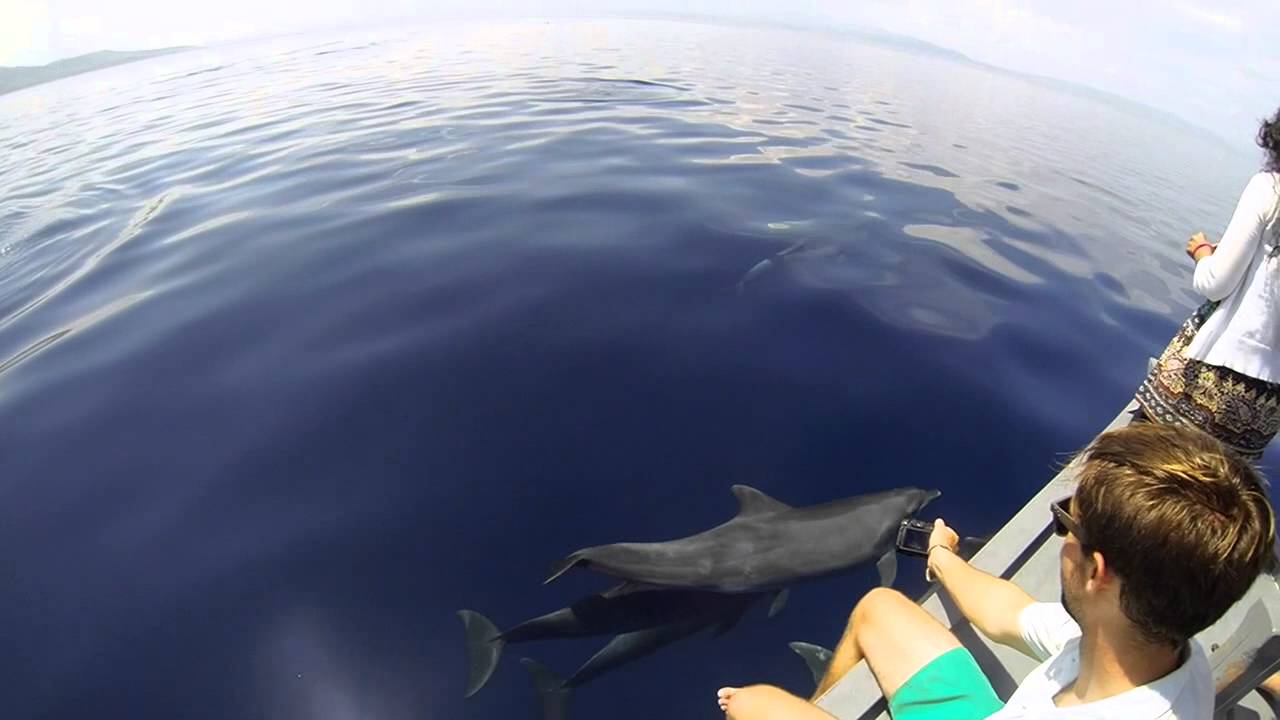
6. Sensory Adaptations
Spinners turn off the sonar part of their brains when they sleep so they do not hear any sound – at this time they rely only on their eyesight.
7. Regrouping and Settling Behaviors
The acrobatic displays of the spinners are most frequently seen at sunrise and sunset. These displays are the pods’ way of regrouping when they wake up to prepare for the night’s hunt. It is also their way of settling down as a group in the morning before they synchronize their breathing and prepare to sleep. On occasion, we see this behavior in the distance from the resort overlooking the ocean.
8. Spinning Abilities
A dolphin can make from two to five and a half spins in one leap; the swimming and rotational speed of the dolphin as it spins underwater affects the number of spins it can do while airborne.
9. Habitat Preferences
When spinners are sleeping through the day they tend to inhabit coastal bays (of which there are many around Bangka, Manado and Bunaken), at night time when they hunt they move out to the open water.
10. Megapods and Boat Riding
Spinner dolphin pods can contain as many as 1,000 individuals (known as megapods) – and yes, they are well known for riding the bow waves of boats passing by.
Now you’ve learned a bit more about dolphins in the Bunaken Marine Park, take a look at the video (below) shot by one of our guests, Alex Chua and some of our trip images – or even better come and see for yourself!
Video & header image by : Alex Chua while on a trip to Murex Dive Resort with the Sea Hounds group from Singapore.
Diving in the Bunaken Marine Park
It’s not just dolphins that we see around the Bunaken Marine Park, other cetaceans are known to pass through the area on their migratory routes. We have spotted numerous species of dolphins, pilot whales and during November and April we have sightings of sperm whales as they migrate through our waters.
Dive and Stay in North Sulawesi

Do you want to see more of North Sulawesi while you are here? Why not join us for a combination stay and explore Murex Manado and Murex Bangka Resort in one incredible trip? Our boat transfers from resort to resort include visiting two dives on route so you don’t miss out on diving time while transferring.
Contact us today for more information or to make a booking: reservations@murexresorts.com. We look forward to welcoming you to our North Sulawesi dive resorts soon.
FURTHER READING
If you enjoyed reading this Blog you may also enjoy some of our other articles about the marine life and wildlife found here in North Sulawesi:
- Get To Know The Endemic Species In North Sulawesi Indonesia
- Sexy Shrimp – Thor Amboinensis
- 3 Differences Between Hard And Soft Corals


